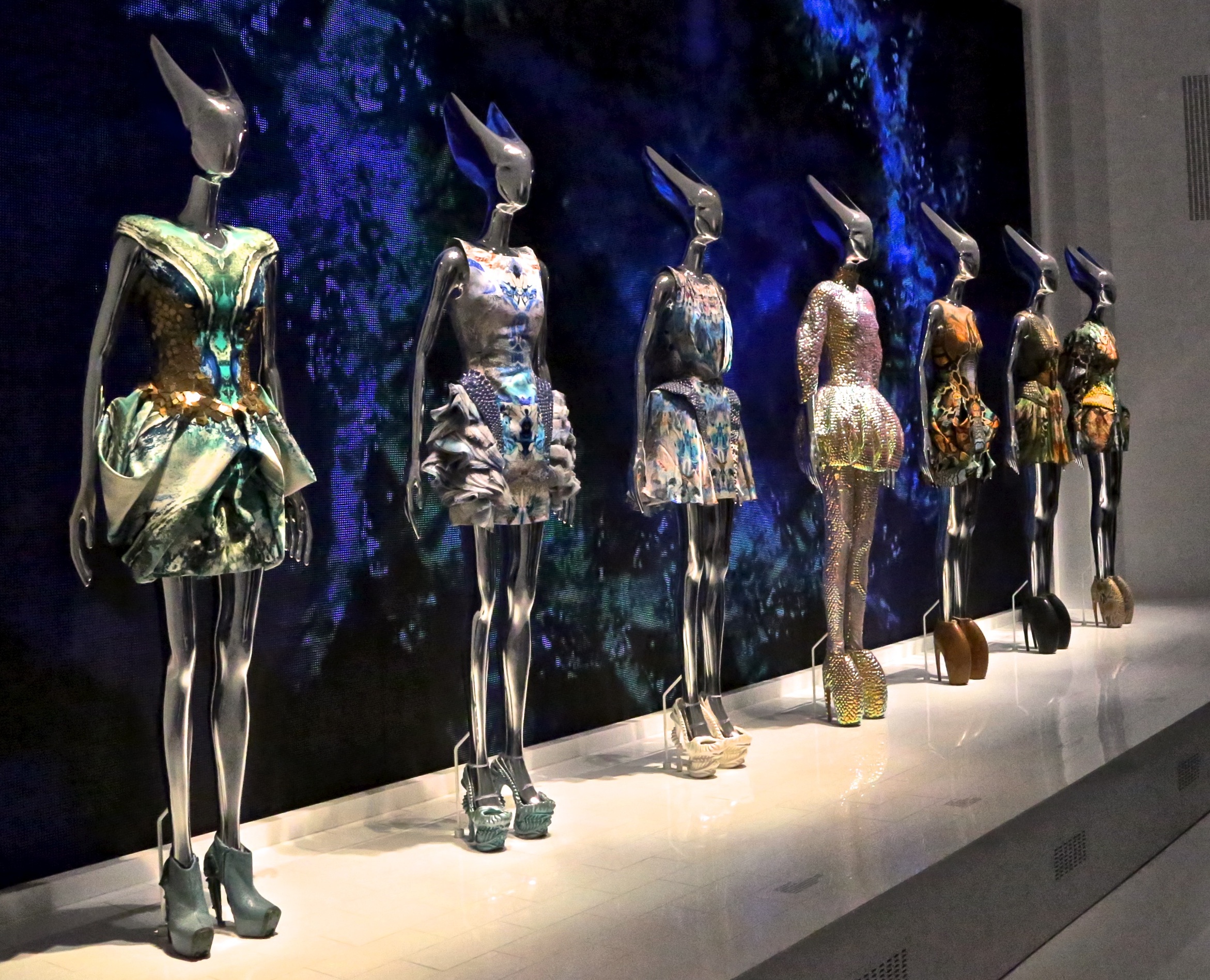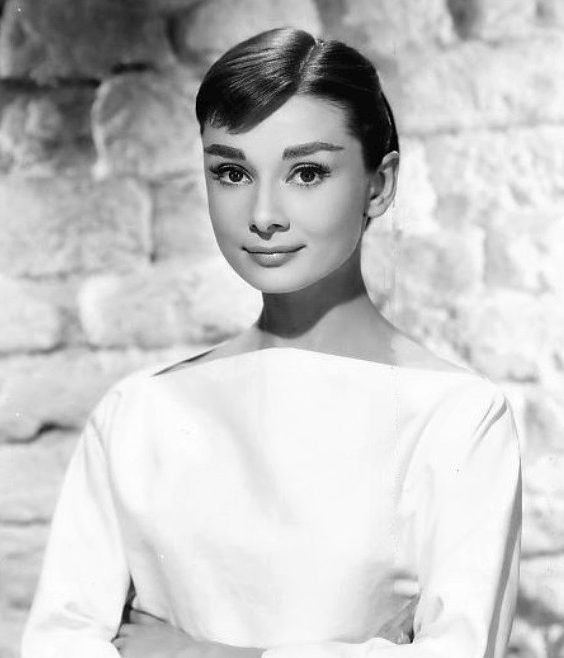Plato’s Atlantis (Spring-Summer 2010), Alexander McQueen’s last runway collection, was unveiled on October 6, 2009, during Paris Fashion Week. It etched its place in history not only as the designer’s final work but also as a revolutionary moment in fashion. For the first time, a show was livestreamed online, captivating a global audience. When Lady Gaga’s “Bad Romance” premiered in the finale, the overwhelming influx of viewers crashed the broadcast. This debut transformed the collection into a pop-culture icon, leaving an indelible mark on fashion history.
Let’s explore the vision McQueen poured into Plato’s Atlantis and why this show is hailed as a masterpiece.
Plato’s Atlantis
The title Plato’s Atlantis refers to the mythical island described by the ancient Greek philosopher Plato in his dialogues “Timaeus” and “Critias”. Legend holds that Atlantis, an ideal society, was swallowed by the seas due to divine wrath.
In the early 21st century, environmental concerns became a pressing issue. Designers like Vivienne Westwood wove eco-activism into their shows. McQueen, however, turned his focus to global warming and melting ice caps. Drawing inspiration from Charles Darwin’s ideas that species are not static but evolve to adapt to their environment, McQueen crafted a collection envisioning humanity’s potential future.
This collection predicted a future in which the ice cap would melt . . . the waters would rise and . . . life on earth would have to evolve in order to live beneath the sea once more or perish. Humanity would go back to the place from whence it came.
— Lee Alexander McQueen.
Evolution on the Runway
The show opened with an intriguing video: model Raquel Zimmermann lay naked on sand, surrounded by snakes that seemed to transform her from human to amphibian.
Models took to the runway with towering hairstyles resembling fins and facial features altered by prosthetics. Their garments mimicked the skin of reptiles and marine creatures. With each exit, the looks grew increasingly “aquatic”: lighting shifted to deeper blues, and the models’ appearances became more amphibious. Dresses featured gill-like pleats, flared mini-skirts evoked jellyfish, and digital prints showcased motifs of snakes, rays, and sea creatures.
Iconic Footwear
The collection’s most unforgettable element was its footwear, particularly the Armadillo heels. With their extreme 30-centimeter heels and sculptural forms resembling armor or sea creatures, they became iconic. These shoes starred in Lady Gaga’s “Bad Romance” music video, where she appeared in a full runway look: a shimmering dress, trousers, and silver “amphibious” Armadillos.
The Armadillos were created solely for the show, not intended for mass production, though a few pairs were acquired by McQueen’s most devoted clients.
No less striking were the Alien shoes, blending human and mechanical forms. Inspired by the work of Hans Ruedi Giger, a member of the special effects team for Ridley Scott’s “Alien” (1979), these 3D-printed shoes featured “otherworldly” elements like a biomorphic spine and a curved “finger” over the toe. Plato’s Atlantis showcased 11 distinct Alien variations.
The “Titanic” shoes combined leather and metal plates, reminiscent of an ocean liner’s hull. Drawing inspiration from “Predator” (1987), where advanced extraterrestrial life confronted humanity, this design juxtaposed the cold logic of machines with nature’s fragility.
McQueen’s Legacy
Inspired by science fiction and the real threat of ecological crisis, Alexander McQueen created a collection critics regard as the pinnacle of his oeuvre. Plato’s Atlantis transcended fashion to become a cultural phenomenon, foreshadowing humanity’s possible future.
Tragically, this show was the designer’s last. On February 11, 2010, just four months after the premiere, Alexander McQueen took his own life. Plato’s Atlantis remains a radiant endpoint in his career.




